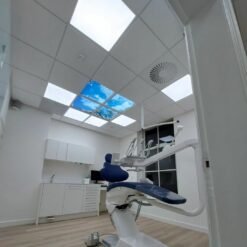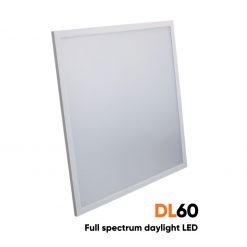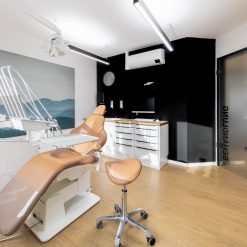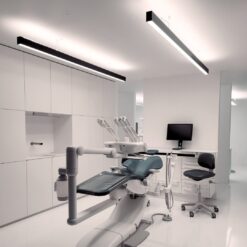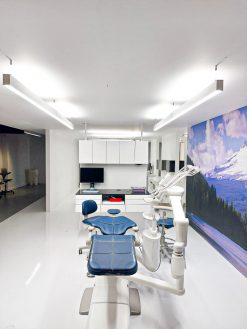Illuminazione degli ambulatori dentistici e divieto di vendita della RoHS 2011/65/UE per le lampade fluorescenti
Illuminazione degli ambulatori odontoiatrici e divieto UE di illuminazione fluorescente; Direttiva UE RoHS 2011/65/EU
La direttiva europea RoHS: Restriction of Hazardous Substances 2011/65/EU che limita l’uso di sostanze pericolose nella fabbricazione e nella produzione, limita l’uso del mercurio nella produzione di prodotti, tra cui l’illuminazione. Tuttavia, è stata prevista un’eccezione alla direttiva RoHS 2011/65/UE per alcuni prodotti di illuminazione. L’esenzione alla direttiva RoHS dell’UE si applica ai seguenti prodotti:
- Luci fluorescenti (tubi) T5
- Luci fluorescenti (tubi) T8
- Lampade CFLni, Lampada fluorescente compatta
- Lampade HPD
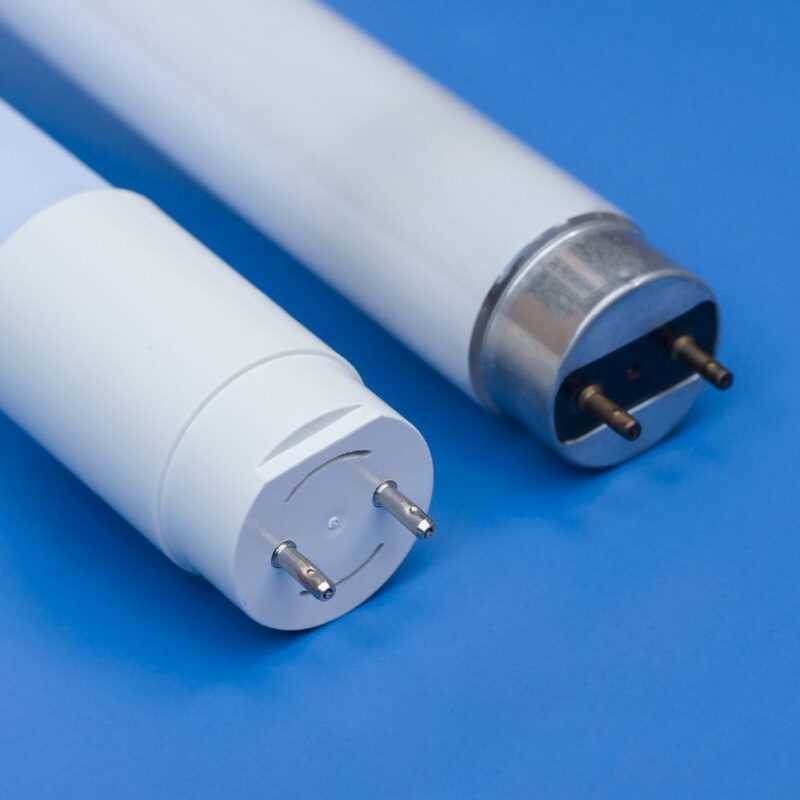
A new change to the EU RoHS 2011/65/EU directive has ended the exemption for these lighting products.
This means that fluorescent lamps, lamp types, T5 T8 and CFLni Lamps can no longer be sold in the EU. Many dental clinics will need to replace fluorescent tubes with LED lighting.
Timeline end of exemption to EU RoHS 2011/65/EU directive for fluorescent lamps
The following table shows when Fluorescent lamps will be banned for sale in the EU. Dentists looking for replacement lamps for fluorescent lamp fixtures will no longer be able to purchase replacement lamps after the dates indicated in the table below.
|
Table: Timetable EU ban on fluorescent lighting EU RoHS 2011/65/EU |
|
|
Fluorescent lamp type |
Date of Ban of sales in EU |
|
T5 fluorescent (tube) lights |
25 August 2023 |
|
T8 fluorescent (tube) lights |
25 August 2023 |
|
CFLni lamps, Compact fluorescent lamp |
25 Februari 2023 |
EU ban on Fluorescent lighting replace T5, T8 and CFL fluorescent lighting in dental clinics and dental Treatment rooms with energy efficient full spectrum LED lighting
DentLed can help with the replacement of fluorescent lamps with new energy efficient full daylight spectrum LED lamps.
Dental lighting with Fluorescent T5 and T8 tubes can be replaced with:
PHU full spectrum treatment room LED light for dental clinics – Full Daylight spectrum light for dental treatment rooms.
PHL22 DUO – LED Luminaires for dental treatment rooms – Full Daylight spectrum dental LED line for above the dentist chair.
For dental practices with suspended ceilings, DL60 or DL120 full daylight spectrum LED panels can be used. DentLed DL60 LED panels and DL120 LED panels have been specifically developed to meet the requirements for use in dental clinics and dental treatment rooms.
DentLed DL60 and DL120 full daylight spectrum LED panels for dentists
- Full Daylight spectrum panels – 5000k.
- High CRI of +97 or accurate shade matching and colour determination.
- No hardening or curing effects of dental composites and glues.
- Flicker free drivers – no fatigue inducing visible or invisible flicker.
- Expected lifetime of 80,000 hours or about 30 years.
Please visit our website for more information about DentLed LED Panels for dental treatment rooms:
Product page DL60 Full spectrum daylight led panel for dental treatment rooms
Product page DL120 Full spectrum daylight led panel for dental treatment rooms –
Ulteriori informazioni sull’esistenza della direttiva UE per la riduzione dell’uso di sostanze pericolose RoHS UE RoHS 2011/65/EU
La direttiva 2011/65/UE (Restriction of Hazardous Substances) dell’Unione Europea è un provvedimento normativo fondamentale, pensato per limitare l’uso di materiali pericolosi nelle apparecchiature elettriche ed elettroniche. Un’area critica di interesse è la regolamentazione delle lampade fluorescenti.
Le lampade fluorescenti contengono tradizionalmente diverse sostanze soggette a restrizioni ai sensi della RoHS, tra cui il mercurio e il piombo. Il mercurio è un componente fondamentale per il funzionamento della lampada, in quanto facilita l’emissione di luce ultravioletta. Tuttavia, la sua tossicità e il potenziale di danno ambientale ne rendono necessaria la restrizione.
La RoHS 2011/65/UE impone linee guida rigorose sulla concentrazione consentita di queste sostanze pericolose, riducendone significativamente la presenza. Ad esempio, il contenuto di mercurio non deve superare i 5 mg per lampada per le lampade fluorescenti compatte. I produttori sono inoltre incoraggiati a sviluppare alternative ecologiche.
La direttiva obbliga inoltre i produttori a stabilire procedure per lo smaltimento e il riciclaggio sicuro delle lampade esauste, riducendo al minimo le perdite nocive nell’ambiente. La conformità alla RoHS garantisce l’allineamento dei processi produttivi con gli obiettivi di sviluppo sostenibile, sottolineando la responsabilità ambientale e salvaguardando la salute dei consumatori.
In sintesi, la direttiva RoHS 2011/65/UE offre linee guida fondamentali per le lampade fluorescenti, affrontando i potenziali pericoli e garantendo pratiche di produzione e smaltimento responsabili, definendo uno standard per lo sviluppo sostenibile dell’industria elettronica.
